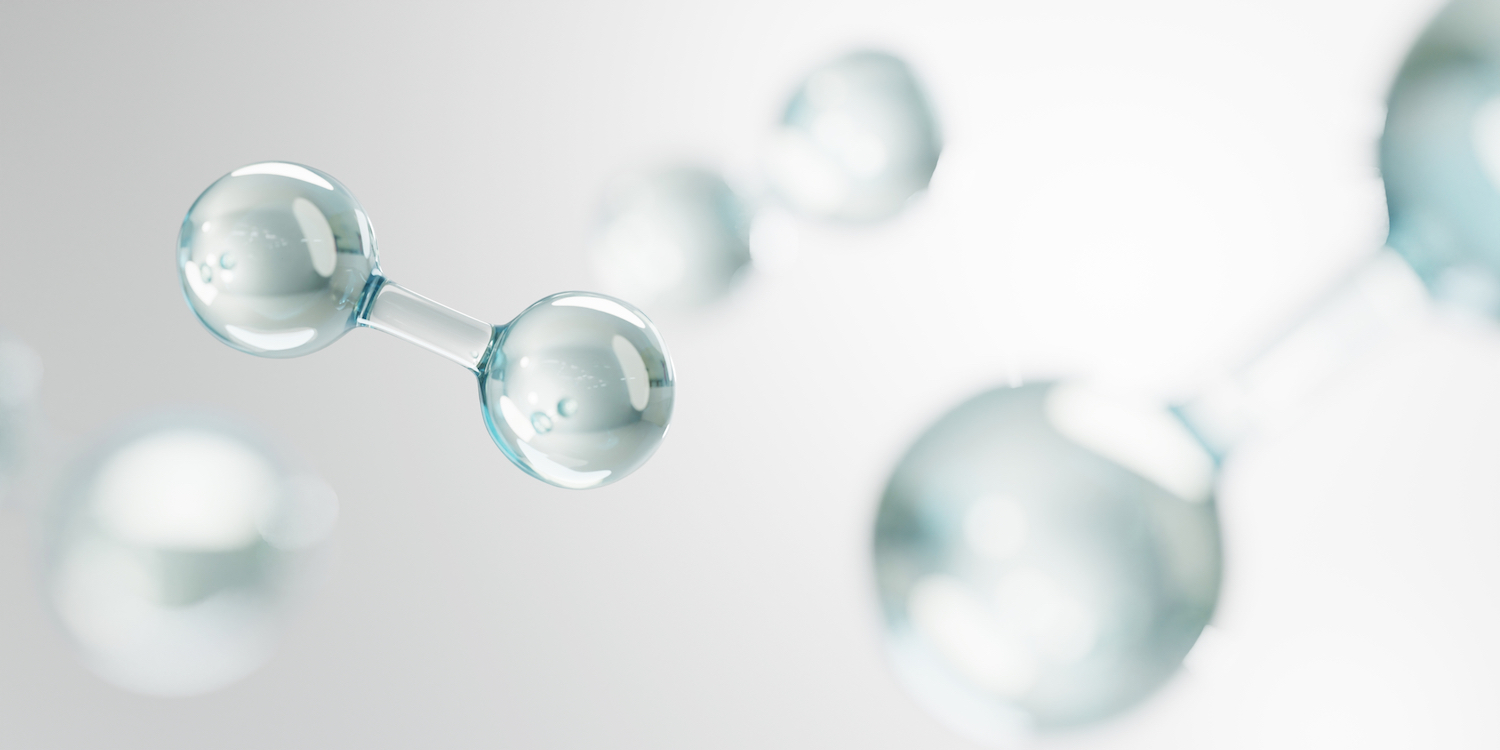Our Credentials


Hydrogen is a colourless, odourless gas and the most abundant element in the universe. Combined with oxygen it forms water, essential to all life on earth. It is a fabulous source of energy or fuel. It is clean. A zero-carbon energy source or raw material for industry, transport and the home. Burn it and the only pollutant you get is water. We can all live with that. Even better, hydrogen can be made from water. Using renewable electricity. From cradle to grave and zero carbon. Replacing natural gas with hydrogen, we can significantly reduce CO2 emissions.
Hydrogen is primarily used by industry as a fuel or raw material to make other chemicals.
We already have hydrogen cars, buses, lorries and construction vehicles. Hydrogen is also used in industry as a source of energy and a raw material, used to produce other products. It can also be used in the home in gas boilers to replace natural gas. But for this to happen we need to improve the hydrogen infrastructure to encourage production and distribution.
Yes it can. And it can be done safely. Britain’s gas supply to people’s homes used to contain 55% hydrogen. We used it once before so there’s no reason not to use it again.
It has the potential to play a hugely significant role in helping us along the road to a Net Zero economy because its only emission, when burned, is water.
Yes. Hydrogen is a well-established energy carrier that has been safely used in the UK for many decades. INEOS Inovyn has been manufacturing hydrogen at its Runcorn site for over 100 years. Hydrogen is a fuel which means it has to be handled, stored and used responsibly. As is the case with any fuel, we design systems with appropriate engineering controls and have clear guidelines to enable the safe handling and use. In fact hydrogen is safer to handle and use than the fuels commonly used today. For example, it is non-toxic and because it is lighter than air, it rapidly disperses if released. Some of hydrogen's properties require additional engineering controls, such as leak detection and adequate ventilation.
Three things need to happen. Firstly we need technology that can run on hydrogen, such as cars, trucks and central heating systems. Secondly, we need the infrastructure in place to get hydrogen to where it’s needed, for example fuel stations. And lastly, hydrogen productions needs to be ramped up to reduce capital and operational costs.
Blue hydrogen produces CO2 when it is made and that CO2 has to be permanently locked away through carbon capture and storage technology. But it enables energy to become much lower carbon. Only by massively increasing our use of clean, low carbon hydrogen, will we get to Net Zero by 2050. As we produce more low carbon hydrogen, there will be more opportunities to replace fossil fuels to further reduce CO2 in the atmosphere. Hydrogen is a fabulous source of energy or fuel. It is clean. A zero-carbon energy source or raw material for industry, transport and the home. Burn it and the only pollutant you get is water. We can all live with that. INEOS continues to prioritise the use and production of renewable hydrogen and this is at the centre of its carbon neutral strategy. It will exploit the use renewable hydrogen at its facilities where it can, based on the availability of supply. It also supports the production of blue hydrogen when the carbon produced can be safely captured and stored underground. INEOS is realistic about the constraints on renewable hydrogen and therefore agnostic about the ‘grade’ of the hydrogen it uses currently, so long as it is low carbon and contributes to the company’s ambitious decarbonisation strategy.
Technically hydrogen is not an energy source. It simply carries energy produced from other sources. The hydrogen used in industry is manufactured through chemical processes. It is either split from its bond with oxygen in water or separated from carbon in natural gas.
It is a machine used to convert molecules into their constituent elements. In hydrogen production it converts water into hydrogen and oxygen. The hydrogen is collected and used as fuel for heating, cooking, industry and transport. The oxygen can be collected and used for industry, or hospitals or simply be released into the atmosphere.
A fuel cell works like an electrolyser in reverse. It converts the energy in the hydrogen into electricity, using oxygen from the atmosphere to trigger a chemical reaction. Pure water is released through the process and is the only emission.
The motor is electric in both. The only difference is that a fuel cell vehicle generates electricity from the reaction between hydrogen and oxygen. A battery electric vehicle has to be charged from the mains and carries all of its electricity in a battery. There are already some hydrogen fuel cell vehicles on the streets today - buses, taxis and construction vehicles.